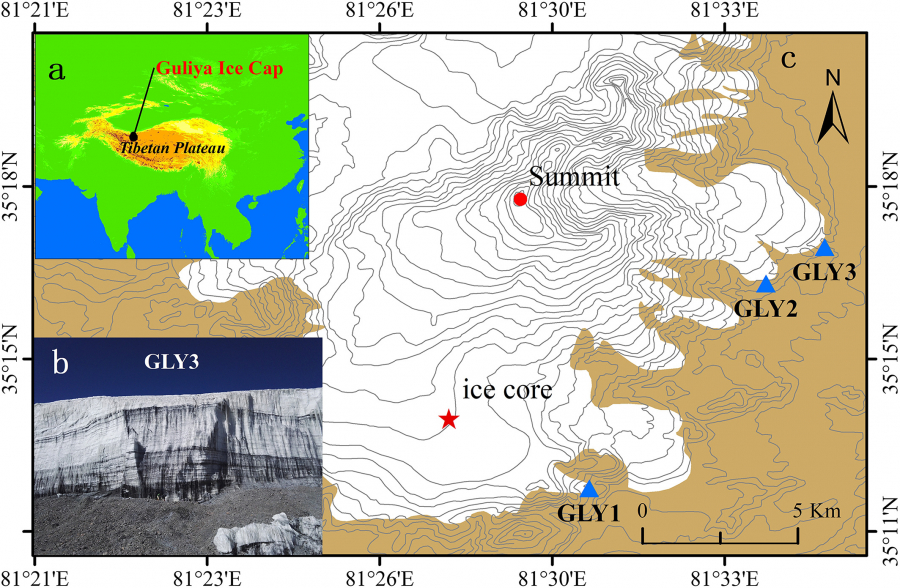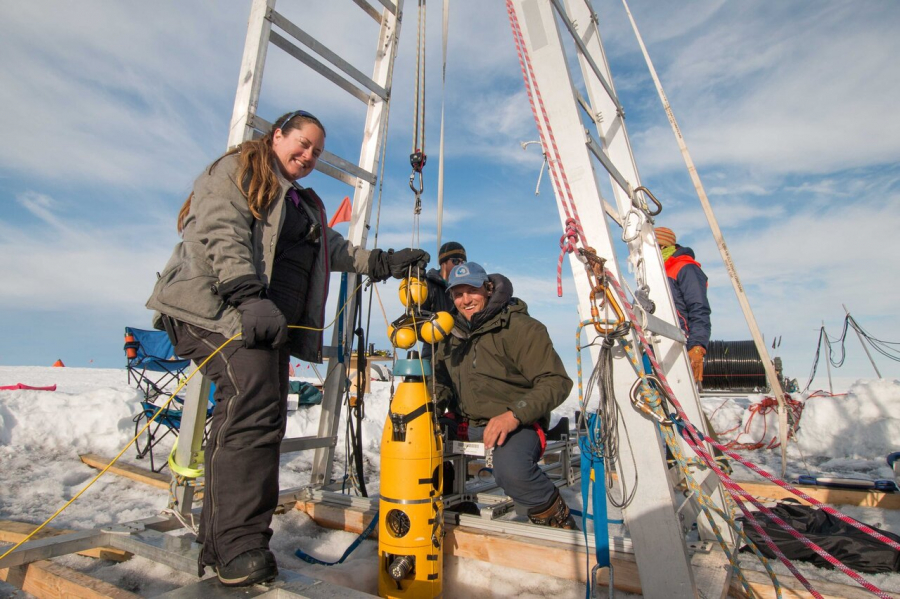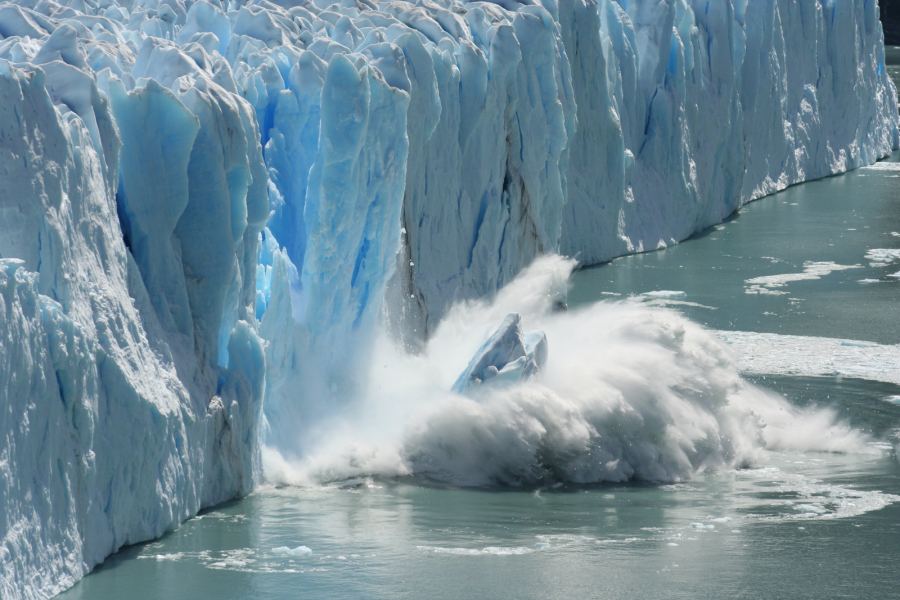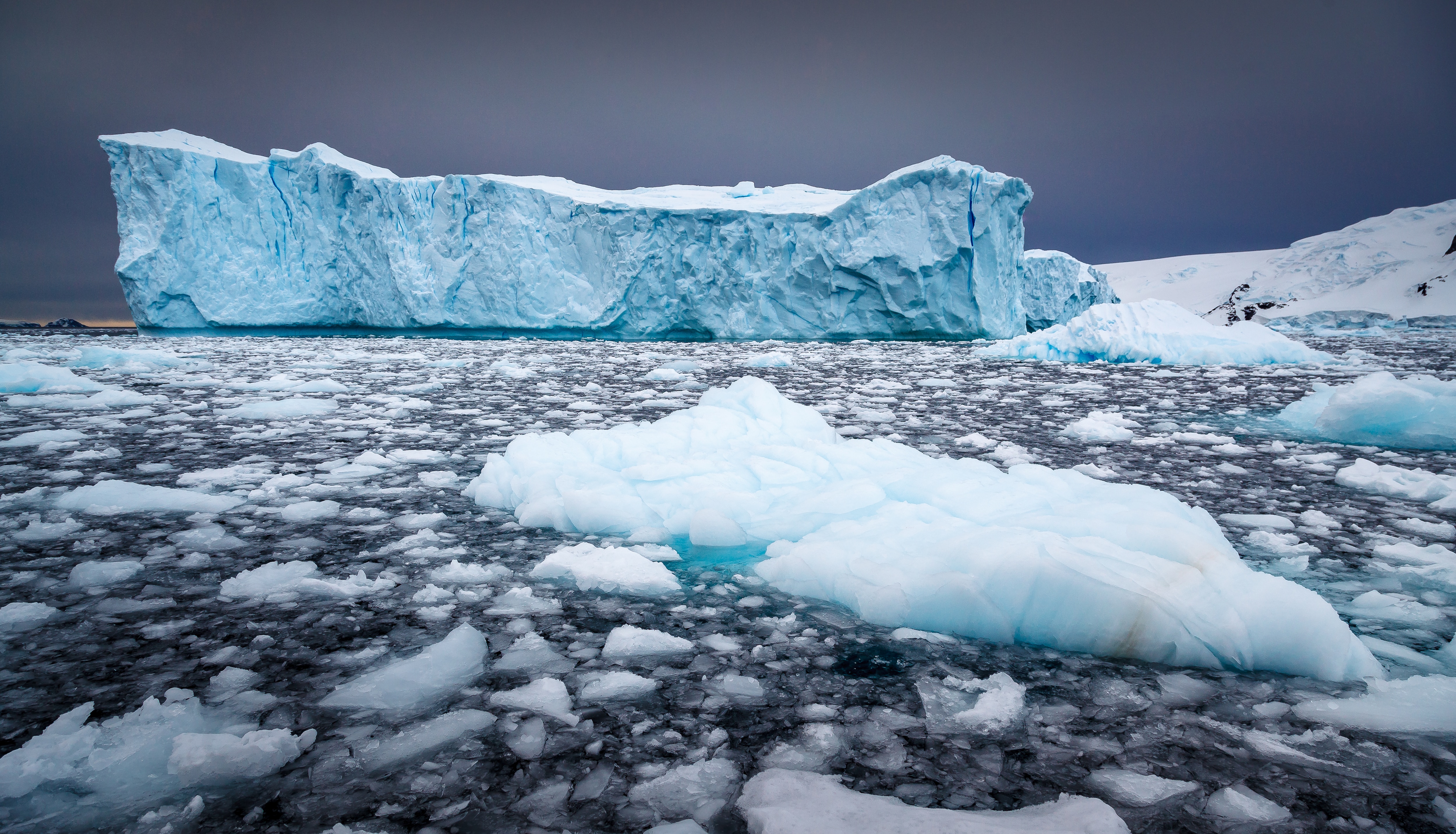A team of researchers in the United States made a remarkable discovery while studying ancient viruses inside the old ice block called Guliya on the Tibetan Plateau in China.

Glaciers and ice sheets around the world continue to melt rapidly under the impact of global warming.
In 2015, the team drilled 50 meters into the 15,000-year-old ice block and collected two ice cores to find out what bacteria were present in the atmosphere at the time they were trapped inside the ice.

Location of the Guliya Ice Shelf
Two ice cores were drilled at different altitudes of 6,200 m and 6,650 m. Researchers found that the environmental conditions at these two locations were very different in terms of air temperature, atmospheric oxygen concentration and ultraviolet radiation. Information from the analysis of the two ice cores can help scientists know the environmental and climate situation at that time as well as make scientific forecasts when the phenomenon of ice melting is happening rapidly around the globe.
The newly published analysis results show that these ice cores contain up to 33 different groups of viruses. What is special is that according to the researchers, there are up to 28 groups of viruses that are completely new to modern science. In addition, some groups of viruses can develop and reproduce in temperatures from -20oC to 10oC.
Little is known about how bacteria and viruses get trapped in ice for thousands of years. There have been only two studies of viruses found in glaciers – one that sampled a 140,000-year-old Greenland ice core and another that took ice cores from depths of 2,749 to 3,556 meters at Vostok Station in East Antarctica.

Two ice cores were drilled at different altitudes - one at 6,200 m and one at 6,650 m
The research team warned that the rapid melting of glaciers and ice sheets around the world, under the impact of global warming, will lead to the worst-case scenario. That is, many viruses and bacteria that have been trapped inside ice blocks for hundreds of thousands of years can escape into the environment and cause many unpredictable consequences.

Scientists are racing against time and climate change to collect and identify bacteria and viruses found in ancient ice layers. Doing so could help modern science learn more about pathogens that have been rampant in the past, thereby helping to better research efforts on pathogens that may emerge in the future.
The information was released in the context that the whole world is facing an outbreak of acute pneumonia caused by the new coronavirus.

































